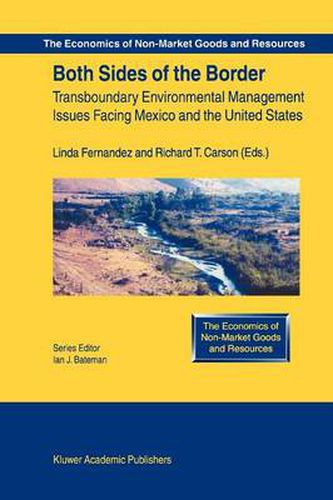Readings Newsletter
Become a Readings Member to make your shopping experience even easier.
Sign in or sign up for free!
You’re not far away from qualifying for FREE standard shipping within Australia
You’ve qualified for FREE standard shipping within Australia
The cart is loading…






This volume complements Shared Space: Rethinking the U.S.-Mexico Border Environment, edited by Lawrence Herzog and Environmental Management on North America’s Borders, edited by Richard Kiy and John Wirth. This volume expands the range of issues addressed in previous volumes as well as focuses on comprehensive assessments of cooperative efforts of the U.S. and Mexico to solve environmental problems. All environmental media are addressed along the border: land, air, water, as well as sources of pollution (transportation, agriculture, energy, industrial production, urban growth, hazardous waste generation) and biodiversity resources (migratory aquatic and terrestrial forest and insect species). Academic, government, environmental management and policy audiences can benefit from the volume to address environmental policy for borders around the world because the chapters integrate natural science and social science theory, analytical methods and data into the arena of international environmental policy analysis.
$9.00 standard shipping within Australia
FREE standard shipping within Australia for orders over $100.00
Express & International shipping calculated at checkout
This volume complements Shared Space: Rethinking the U.S.-Mexico Border Environment, edited by Lawrence Herzog and Environmental Management on North America’s Borders, edited by Richard Kiy and John Wirth. This volume expands the range of issues addressed in previous volumes as well as focuses on comprehensive assessments of cooperative efforts of the U.S. and Mexico to solve environmental problems. All environmental media are addressed along the border: land, air, water, as well as sources of pollution (transportation, agriculture, energy, industrial production, urban growth, hazardous waste generation) and biodiversity resources (migratory aquatic and terrestrial forest and insect species). Academic, government, environmental management and policy audiences can benefit from the volume to address environmental policy for borders around the world because the chapters integrate natural science and social science theory, analytical methods and data into the arena of international environmental policy analysis.